10 HARDY COLD-CLIMATE PLANTS FOR YOUR GARDEN
Cold climates may cut back on some of the gardening opportunities found in warmer zones. However, there are still many varieties of flowers and vegetables to choose from if you live in a region with a shorter growing season. These cold-climate plants can brighten any wintery day. So, put on your gardening gloves, and let’s take a look at a few plants that do well and thrive in colder temps.
FLOWERING COLD-CLIMATE PLANTS
Nothing brightens your day like cheery blooms! But sometimes, it can be a challenge to find varieties that don’t die or go dormant in cool temperatures. Here are our top picks for flowering cold-climate plants.
CALENDULA
Orange and yellow blossoms make this annual seem like sunshine on chilly days. Calendula is an edible plant. You can use the yellow blooms to color food, and some claim that the flower heads have healing properties that soothe burns and abrasions. Calendula plants can re-seed themselves, or you can collect seeds to replant from matured flowers.
PANSY
Classic pansy blooms look like grumpy faces. Even with the grumpy faces, they sure can bring a smile to your face! Blue, yellow, purple, orange; you’re sure to find a color you like among these little beauties.
Pansies love cool weather, and when planted in the fall, they can produce flowers that bloom right through snowy weather – making it one of the most popular cold-climate plants.
IRIS
Iris perennials come in a wide range of styles, sizes, and colors and are hardy in zones 3-9. The flat blade-like leaves are beautiful, and the rhizomes can be used as perfume. Choose well-drained soil in a sunny location to get the most blooms from your irises, and once planted, these cold-climate plants require very little maintenance to thrive.
FORGET-ME-NOT
Few flowers are quite as cheery as the forget-me-nots! Old-fashioned and charming, this cold-climate plant has the distinction of being the state flower of Alaska. Forget-me-nots can be seeded at any time of the year in rich partially-shaded soil, and they require a full season before blooming. Plants will die after flowering, but they are capable of re-seeding themselves and do so quite prolifically.
ENGLISH PRIMROSE
This lovely yellow flower has its roots in the English countryside, where it grows wild in the shady woodlands. Cool temperatures are ideal, and moist soil helps it to thrive. Although the original wild primrose is a bright sunny yellow, domesticated varieties come in a wide range of colors and shapes. These cold-climate plants are the perfect addition to any shady flower garden.
EDIBLE COLD-CLIMATE PLANTS AND VEGETABLES
Everyone loves flowers, of course, but there’s nothing like putting a homegrown meal on the table. These cold-climate plants do well in cool weather – and once planted, you’ll be farm-to-table in no time.
BROCCOLI
This delicious cruciferous cold-climate plant loves cool temperatures and produces sweeter and milder heads in the chilly temps. Frost is no bother, making it an excellent choice for northern climates where other produce struggles to mature. There are many different varieties, so you can select what best fits your tastes and environment. Broccoli is a good source of fiber, vitamins B6, E B1, and A. It’s also a source of phosphorus, potassium, magnesium, omega-3 fatty acids, protein, zinc, iron, and niacin, to name a few (more).
LEEKS
A leek is a relative of onion and garlic, though a bit smaller and milder in flavor. Leeks are a good source of fiber and of vitamins A, C and K. They also contain minerals such as iron and manganese. Leeks grow right through winter, making them a perfect veggie for cold climates. This pest-resistant cold-climate plant prefers a moist, mulched, weeded garden to perform its best. Once growing, you can harvest it as needed for your soups, salads, bread pudding, and more!
CARROTS
The carrot is a classic table food. Loaded with antioxidants and rich in vitamins A (beta-carotene), K, C, calcium and potassium, carrots are the second most-consumed vegetable in the United States. Although carrots are planted in the spring and grow during the summer, they can do well in the winter with proper care. To turn your carrots into cold-climate plants, cover them with straw or leaves during a freeze, and then harvest when the thaw comes. Once harvested, you can roast them in multiple flavors, drop them in a soup – or simply serve them up raw with your favorite hummus!
SPINACH
This leafy green is a highly nutritious superfood that’s an excellent source of many vitamins and minerals. Eating spinach is thought to benefit eye health, reduce oxidative stress, help prevent cancer, and reduce blood pressure levels. Ready in 40-45 days, spinach is a quick-growing crop that does best in cool temperatures. It’s one of the most versatile cold-climate plants that makes a great addition to salads, smoothies, desserts, eggs, pasta dishes, and more.
SUGAR SNAP PEAS
Snap peas (also known as sugar snap peas) are a fresh and fun vegetable that can be added to a variety of recipes or eaten raw. These deliciously sweet and crunchy edible pods hold rows of tender, delicious peas. Great in salads and stir-fry, sugar snap peas can be planted in early spring, unhindered by a light frost. These cold-climate plants grow tall, and they do best on a supporting fence or trellis.
KEEP COLD-CLIMATE PLANTS COZY
For many plants in cold temperatures, a thick layer of mulch can do a great job of protecting the roots. Mulch can be made of a variety of material that you may have around your yard, such as:
- Straw
- Grass clippings
- Leaves
- Wood chips
So what are you waiting for? Don’t let the cooler temps hold back your green thumb. Despite the cooler temps, get outside and give cold-climate plants a try. And when you’re ready, be sure to set up your garden in PlantTAGG to get the most current and relevant plant care information at your fingertips. It’s free to use with nothing to download or install. Text PLANTS to 46376 to get started today!



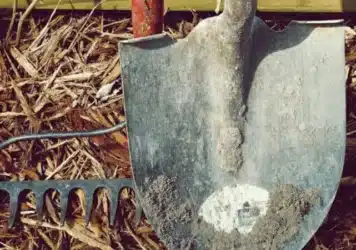
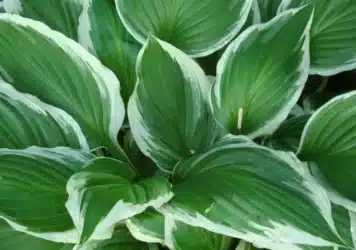

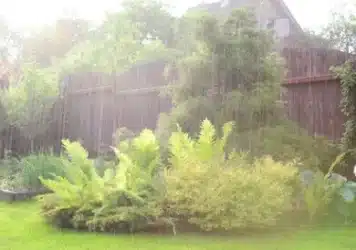


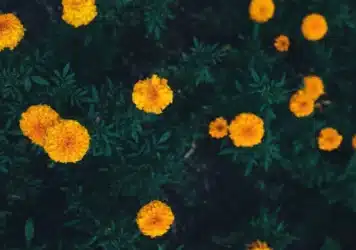
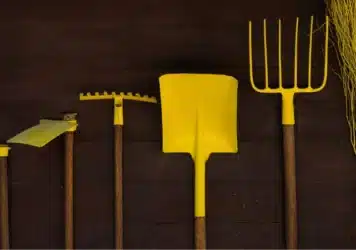
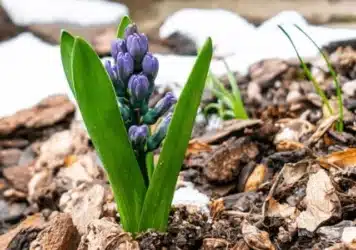

Leave a Reply